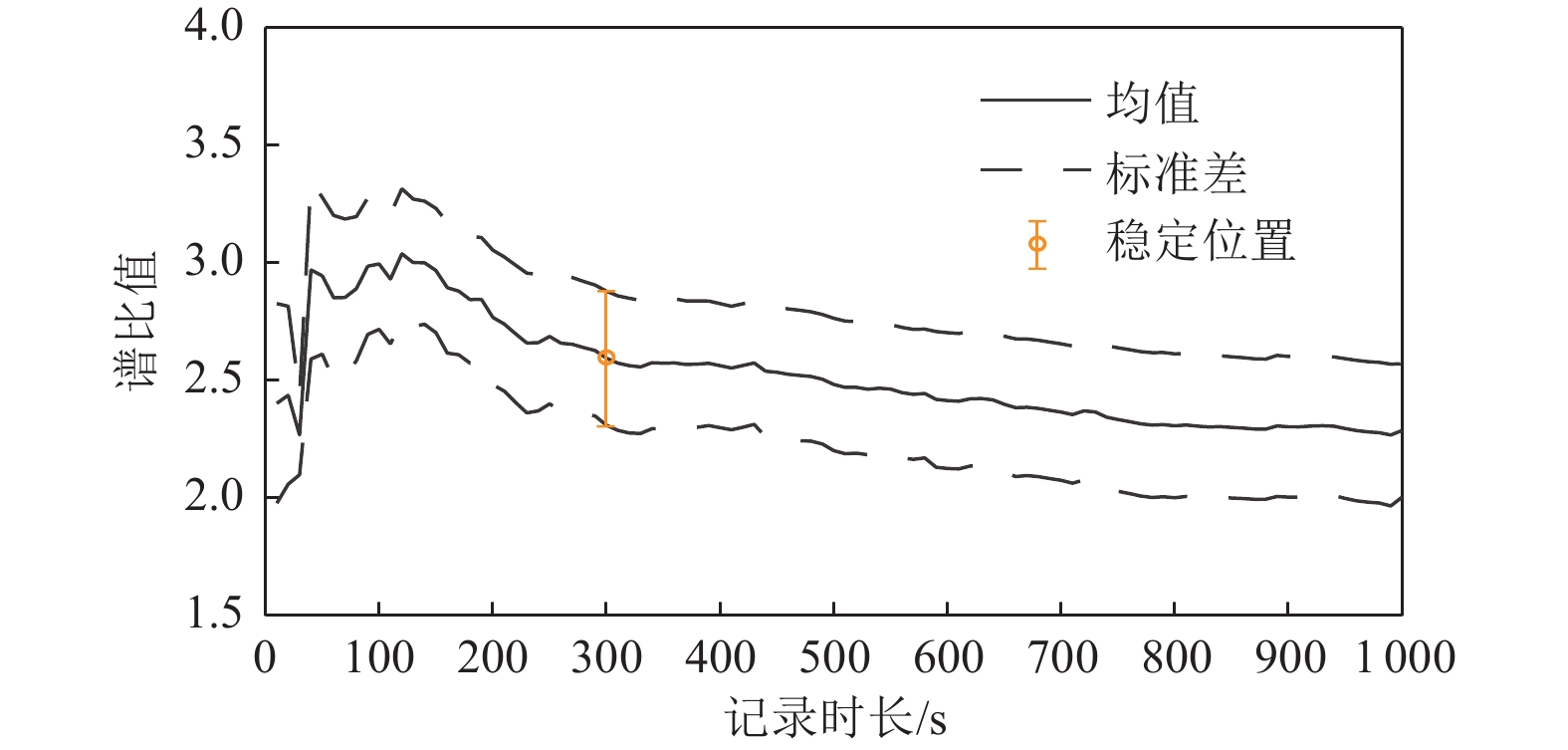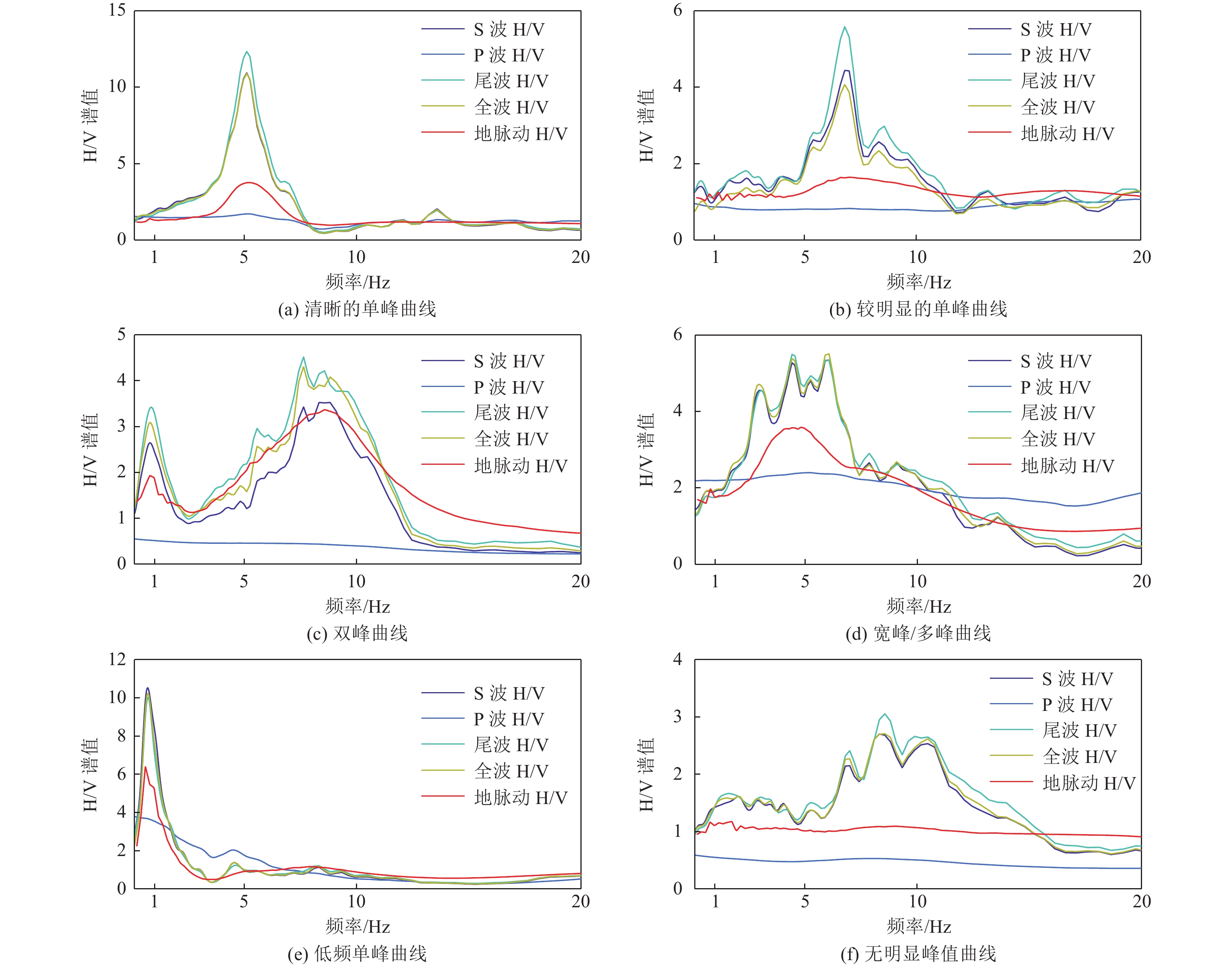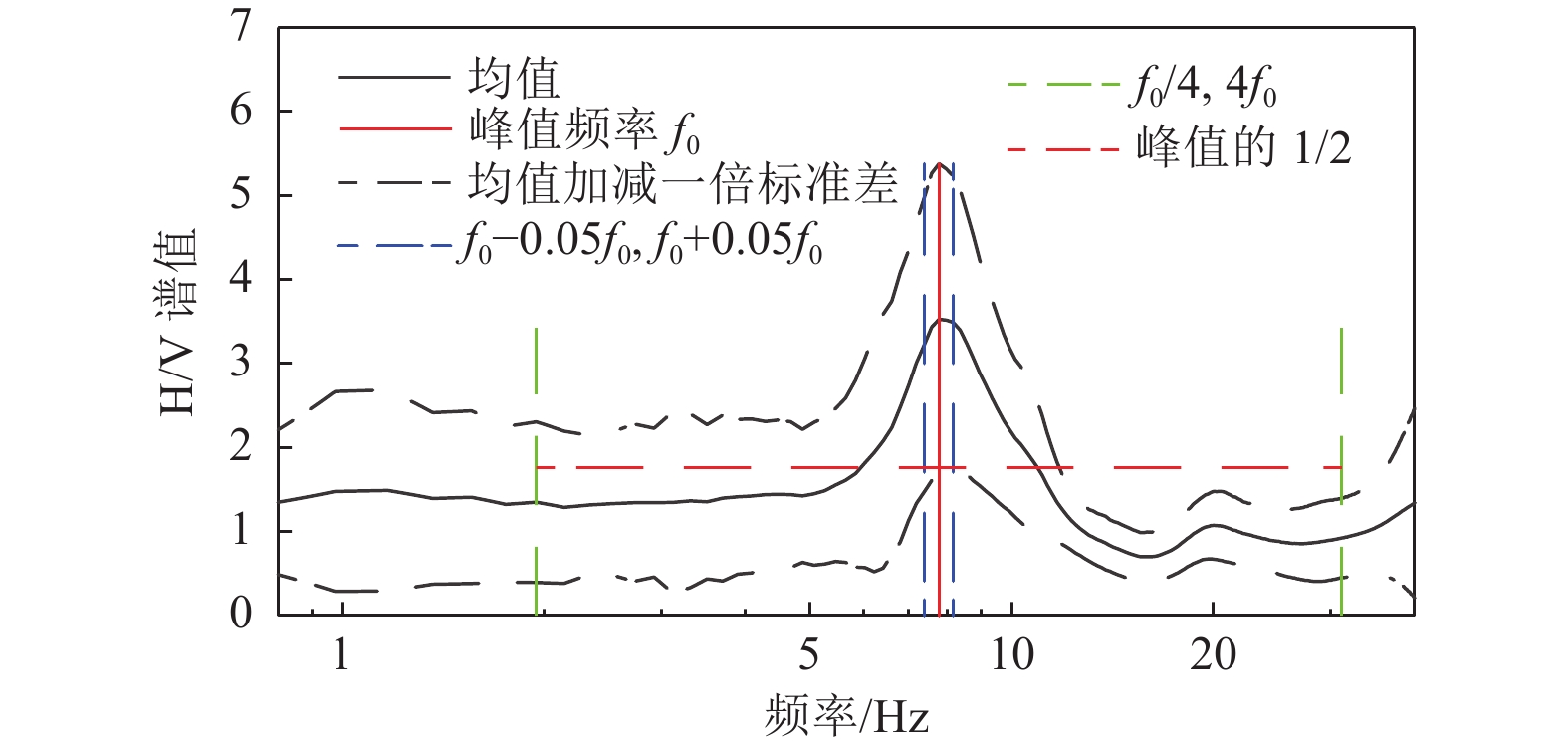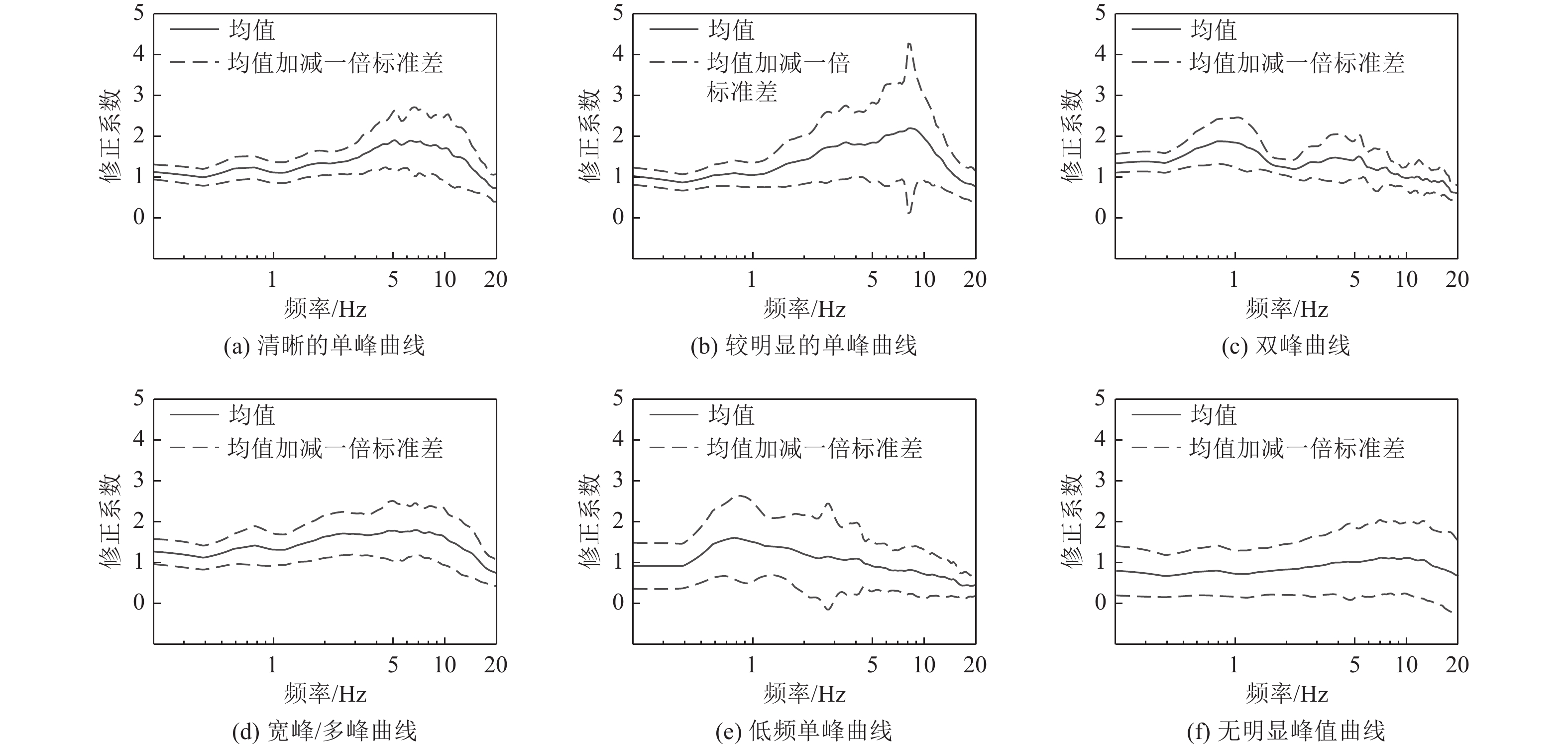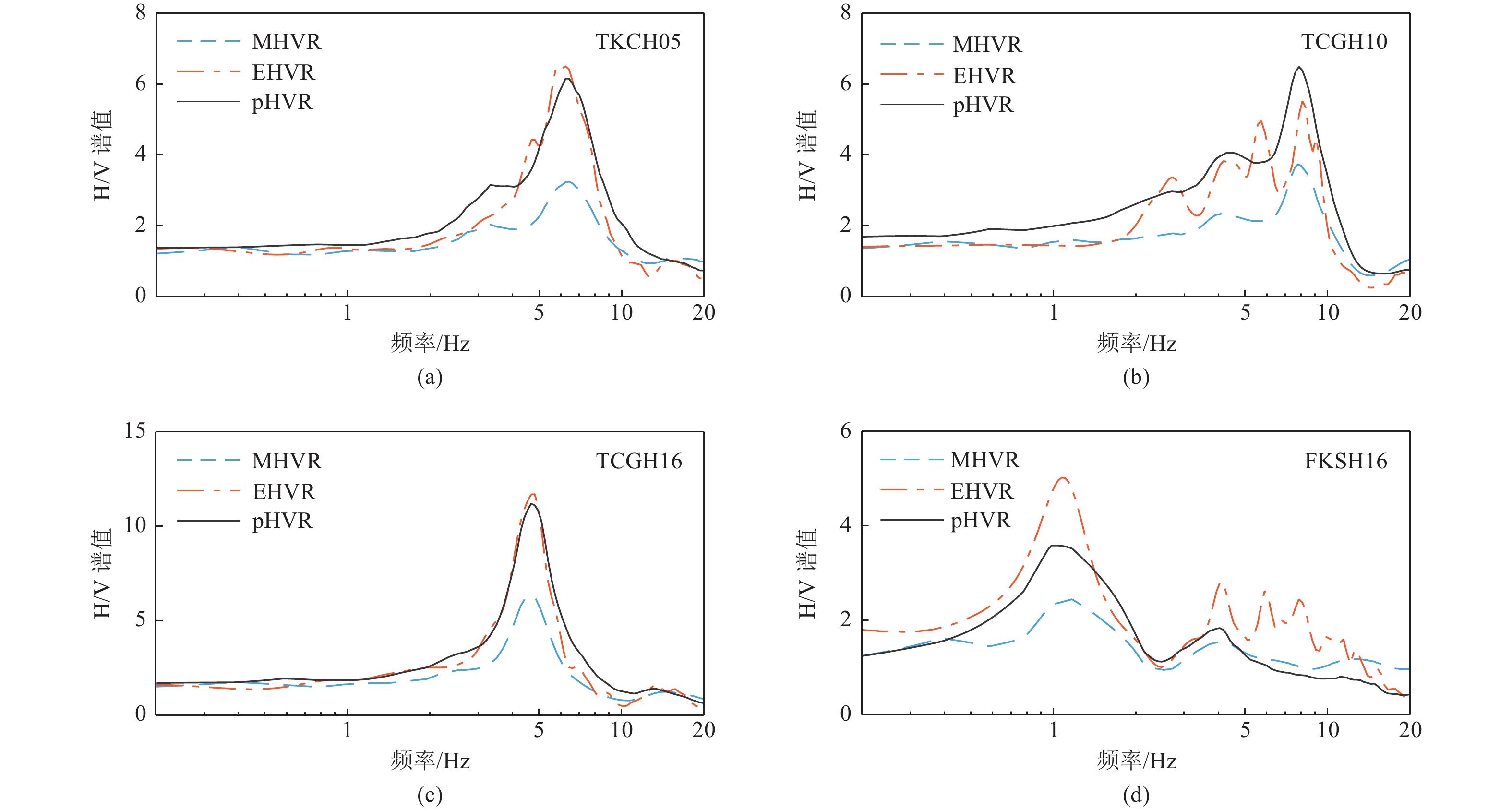|
陈棋福, 刘澜波, 王伟君等, 2008. 利用地脉动探测北京城区的地震动场地响应. 科学通报, 53(18): 2229—2235.
|
|
郭明珠, 谢礼立, 高尔根等, 1999. 利用地脉动进行场地反应分析研究综述. 世界地震工程, 15(3): 14—19Guo M. Z. , Xie L. L. , Gao E. G. , et al. , 1999. Review for analysis of site response by microtremos. World Information on Earthquake Engineering, 15(3): 14—19. (in Chinese)
|
|
郭明珠, 宋泽清, 2000. 论地脉动场地动力特性分析中的Nakamura方法. 世界地震工程, 16(2): 88—92Guo M. Z. , Song Z. Q. , 2000. On Nakamura method for dynamic analysis of ground characteristics with microtremor. World Information on Earthquake Engineering, 16(2): 88—92. (in Chinese)
|
|
李红光, 冷崴, 2019. H/V谱比方法在强震记录应用中几个影响因素的初步研究. 地震工程学报, 41(1): 169—176Li H. G. , Leng W. , 2019. Preliminary study on the influencing factors of the horizontal-to-vertical spectral ratio applied in strong motion. China Earthquake Engineering Journal, 41(1): 169—176. (in Chinese)
|
|
李红玉, 于湘伟, 章文波, 2017. 场地效应研究的传递台站线性反演法——以芦山地震为例. 地球物理学报, 60(1): 198—211Li H. Y. , Yu X. W. , Zhang W. B. , 2017. Site effects estimation by transfer-station generalized inversion method——A case study of the Lushan earthquake. Chinese Journal of Geophysics, 60(1): 198—211. (in Chinese)
|
|
李小军, 2001. 对近年大震震害现象与工程地震问题研究的思考. 国际地震动态, (8): 26—32Li X. J. , 2001. Comments on phenomena of great earthquake damages and engineering seismological researches. Recent Developments in World Seismology, (8): 26—32. (in Chinese)
|
|
李小军, 李娜, 王巨科等, 2021. 场地地震动水平/竖向谱比与地表/基底谱比差异及修正水平/竖向谱比法研究. 震灾防御技术, 16(1): 81—90Li X. J. , Li N. , Wang J. K. , et al. , 2021. Difference between horizontal-to-vertical spectral ratio and surface-to-bedrock spectral ratio of strong-motion and modified horizontal-to-vertical spectral ratio method. Technology for Earthquake Disaster Prevention, 16(1): 81—90. (in Chinese)
|
|
林国良, 张潜, 崔建文等, 2019. 利用地脉动HVSR研究2014年鲁甸6.5级地震场地效应. 地震研究, 42(4): 531—537Lin G. L. , Zhang Q. , Cui J. W. , et al. , 2019. Determining the site effects of the 2014 Ludian MS6.5 earthquake using HVSR microtremor method. Seismological Research, 42(4): 531—537. (in Chinese)
|
|
卢滔, 周正华, 周雍年等, 2006. 关于Nakamura方法有效性的讨论. 地震工程与工程振动, 26(1): 43—48Lu T. , Zhou Z. H. , Zhou Y. N. , et al. , 2006. Discussion on validation of Nakamura's technique. Earthquake Engineering and Engineering Vibration, 26(1): 43—48. (in Chinese)
|
|
罗桂纯, 2015. 基于强震动观测的场地效应非线性特性研究. 北京: 中国地震局地球物理研究所.Luo G. C. , 2015. Study on nonlinearity of site effect using strong-motion recordings. Beijing: Institute of Geophysics, China Earthquake Administration. (in Chinese)
|
|
马强, 金星, 李山有等, 2013. 用于地震预警的P波震相到时自动拾取. 地球物理学报, 56(7): 2313—2321Ma Q. , Jin X. , Li S. Y. , et al. , 2013. Automatic P-arrival detection for earthquake early warning. Chinese Journal of Geophysics, 56(7): 2313—2321. (in Chinese)
|
|
欧阳行艳, 章文波, 2008. 利用强震记录进行场地反应分析研究综述. 世界地震工程, 24(3): 118—126Ouyang X. Y. , Zhang W. B. , 2008. Review on analysis of site effect by strong motion data. World Earthquake Engineering, 24(3): 118—126. (in Chinese)
|
|
荣棉水, 李小军, 王振明等, 2016. HVSR方法用于地震作用下场地效应分析的适用性研究. 地球物理学报, 59(8): 2878—2891Rong M. S. , Li X. J. , Wang Z. M. , et al. , 2016. Applicability of HVSR in analysis of site-effects caused by earthquakes. Chinese Journal of Geophysics, 59(8): 2878—2891. (in Chinese)
|
|
师黎静, 陈盛扬, 2020. 基于地脉动单点谱比的场地特征参数测定方法适用性研究. 振动与冲击, 39(11): 138—145Shi L. J. , Chen S. Y. , 2020. The applicability of site characteristic parameters measurement based on micro-tremor's H/V spectra. Journal of Vibration and Shock, 39(11): 138—145. (in Chinese)
|
|
陶夏新, 刘曾武, 郭明珠等, 2001. 工程场地条件评定中的地脉动研究. 地震工程与工程振动, 21(4): 18—23Tao X. X. , Liu Z. W. , Guo M. Z. , et al. , 2001. A review of microtremor study in engineering site rating. Earthquake Engineering and Engineering Vibration, 21(4): 18—23. (in Chinese)
|
|
姚鑫鑫, 任叶飞, 温瑞智等, 2019. 强震动记录H/V谱比法计算处理的若干关键环节. 震灾防御技术, 14(4): 719—730Yao X. X. , Ren Y. F. , Wen R. Z. , et al. , 2019. Some technical notes on the data processing of the spectral ratio based on the strong-motion records. Technology for Earthquake Disaster Prevention, 14(4): 719—730. (in Chinese)
|
|
章文波, 周雍年, 谢礼立, 2001. 场地放大效应的估计. 地震工程与工程振动, 21(4): 1—9Zhang W. B. , Zhou Y. N. , Xie L. L. , 2001. Estimation of absolute site amplification. Earthquake Engineering and Engineering Vibration, 21(4): 1—9. (in Chinese)
|
|
Bard P. Y. , 2008. Foreword: the H/V technique: capabilities and limitations based on the results of the SESAME project. Bulletin of Earthquake Engineering, 6(1): 1—2. doi: 10.1007/s10518-008-9059-4
|
|
Bignardi S. , Yezzi A. J. , Fiussello S. , et al. , 2018. OpenHVSR-Processing toolkit: enhanced HVSR processing of distributed microtremor measurements and spatial variation of their informative content. Computers & Geosciences, 120: 10—20.
|
|
Bonnefoy-Claudet S., Cotton F., Bard P. Y., 2006. The nature of noise wavefield and its applications for site effects studies: a literature review. Earth-Science Reviews, 79(3—4): 205—227.
|
|
Cultrera G. , De Rubeis V. , Theodoulidis N. , et al. , 2014. Statistical correlation of earthquake and ambient noise spectral ratios. Bulletin of Earthquake Engineering, 12(4): 1493—1514.
|
|
SESAME European project, 2004. Guidelines for the implementation of the H/V spectral ratio technique on ambient vibrations measurements, processing and interpretation: report of European Commission Research General Directorate. Brussels: European Commission.
|
|
Field E. H. , Jacob K. H. , 1995. A comparison and test of various site-response estimation techniques, including three that are not reference-site dependent. Bulletin of the seismological society of America, 85(4): 1127—1143.
|
|
Haile M. , Seo K. , Kurita K. , et al. , 1997. Study of site effects in kobe area using microtremors. Journal of Physics of the Earth, 45(2): 121—133. doi: 10.4294/jpe1952.45.121
|
|
Ibs-von Seht M. , Wohlenberg J. , 1999. Microtremor measurements used to map thickness of soft sediments. Bulletin of the Seismological Society of America, 89(1): 250—259. doi: 10.1785/BSSA0890010250
|
|
Kawase H. , Nagashima F. , Nakano K. , et al. , 2019. Direct evaluation of S-wave amplification factors from microtremor H/V ratios: double empirical corrections to “Nakamura” method. Soil Dynamics and Earthquake Engineering, 126: 105067. doi: 10.1016/j.soildyn.2018.01.049
|
|
Konno K. , Ohmachi T. , 1998. Ground-motion characteristics estimated from spectral ratio between horizontal and vertical components of microtremor. Bulletin of the Seismological Society of America, 88(1): 228—241. doi: 10.1785/BSSA0880010228
|
|
Lermo J. , Chávez-García F. J. , 1993. Site effect evaluation using spectral ratios with only one station. Bulletin of the Seismological Society of America, 83(5): 1574—1594. doi: 10.1785/BSSA0830051574
|
|
Lermo J., Chávez-García F. J., 1994 a. Are microtremors useful in site response evaluation? Bulletin of the Seismological Society of America, 84(5): 1350—1364.
|
|
Lermo J. , Chávez-García F. J. , 1994 b. Site effect evaluation at Mexico city: dominant period and relative amplification from strong motion and microtremor records. Soil Dynamics and Earthquake Engineering, 13(6): 413—423. doi: 10.1016/0267-7261(94)90012-4
|
|
Mucciarelli M., Gallipoli M. R., 2001. A critical review of 10 years of microtremor HVSR technique. Bollettino di Geofisica Teorica ed Applicata, 42(3—4): 255—266.
|
|
Nakamura Y., 1989. A method for dynamic characteristics estimation of subsurface using microtremor on the ground surface. Railway Technical Research Institute, Quarterly Reports, 30(1): 25—33.
|
|
Nakamura Y., 2019. What is the nakamura method? Seismological Research Letters, 90(4): 1437—1443.
|
|
Satoh T. , Kawase H. , Matsushima S. , 2001. Differences between site characteristics obtained from microtremors, S-waves, P-waves, and codas. Bulletin of the Seismological Society of America, 91(2): 313—334. doi: 10.1785/0119990149
|
|
Seed H. B. , Idriss I. M. , 1969. Influence of soil conditions on ground motions during earthquakes. Journal of the Soil Mechanics and Foundations Division, 95(1): 99—137. doi: 10.1061/JSFEAQ.0001260
|
|
Upadhayay B. , Mori S. , 2013. Comparison of H/V ratios and predominant frequencies inferred from microtremors and earthquake motions in ehime prefecture, Japan. International Journal of Landslide and Environment, 1(1): 117—118.
|
|
Xu R. , Wang L. M. , 2021. The horizontal-to-vertical spectral ratio and its applications. EURASIP Journal on Advances in Signal Processing, 2021: 75. doi: 10.1186/s13634-021-00765-z
|



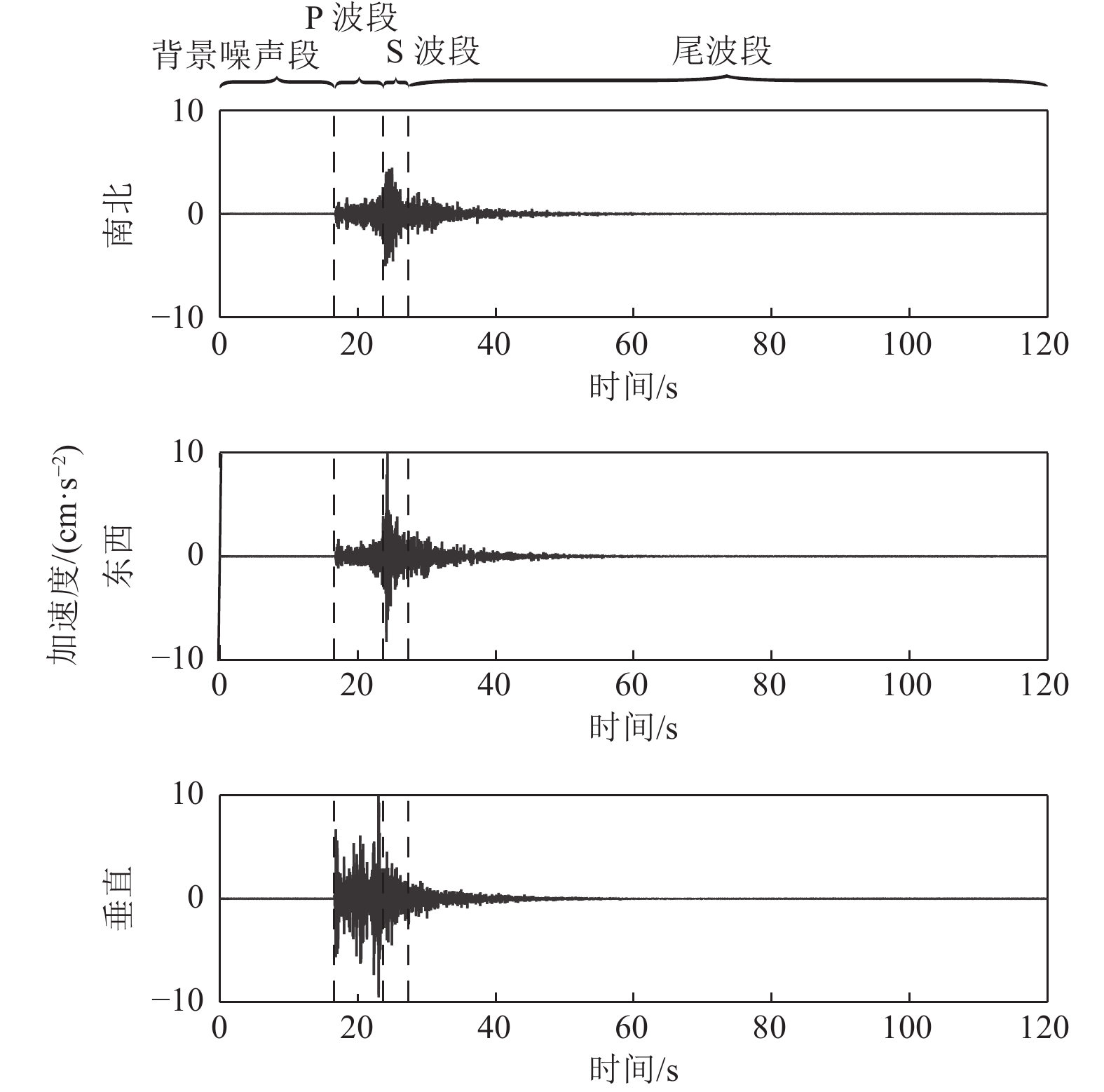
 下载:
下载:

